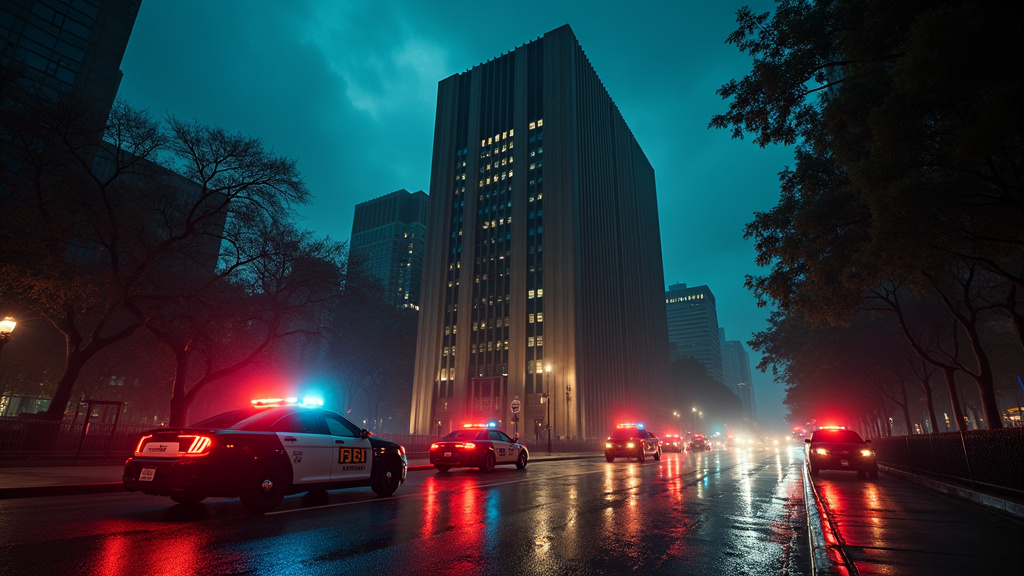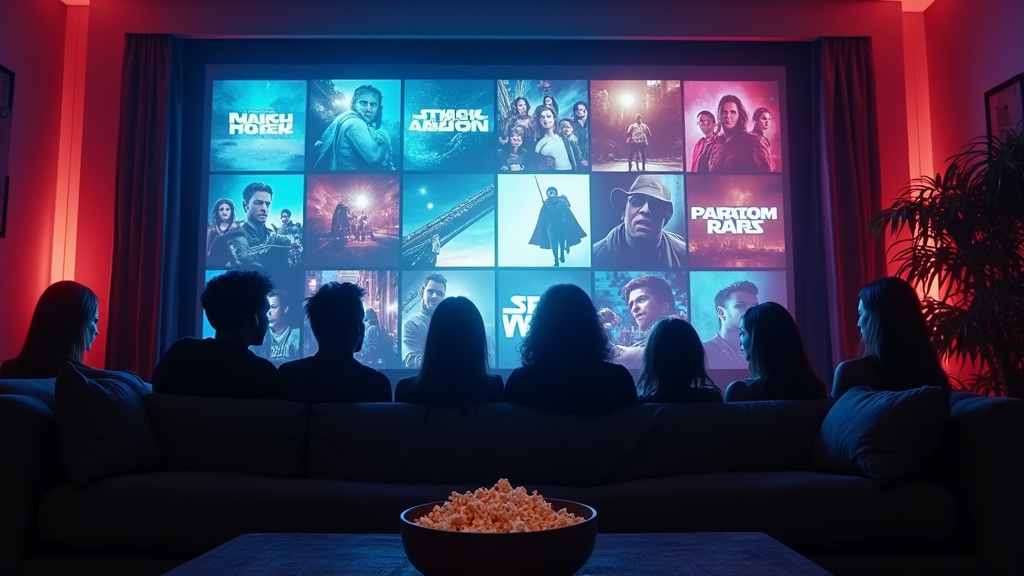An opinion piece published on July 16, 2025, scrutinizes the recent City Council vote concerning a proposed “snap curfew” ordinance in Chicago. The author argues against the conflation of violence with Black teen children, particularly those residing on the South and West sides of the city. The piece suggests that this ordinance, and the underlying fear it reflects, represent a concerning trend in the city’s approach to addressing youth violence.
The Snap Curfew Ordinance
The focal point of the article is a controversial ordinance passed by the City Council. In a June vote, 27 alderpersons approved the measure. The core provision of the ordinance grants the Chicago Police superintendent the authority to implement a curfew with only 30 minutes’ notice. The stated purpose of this rapid-response curfew is to preemptively address violent “trends” or “takeovers” among teenagers. This quick deployment of curfews is intended to give police greater latitude to quell perceived threats.
The author expresses significant concern about the swift implementation and broad scope of the proposed curfew. The argument posits that the ordinance is a manifestation of fear, specifically targeting Black teen children. The author contends that granting the police superintendent expanded powers in this manner essentially provides an “OK to oppression.” The opinion piece suggests that this approach will not be an effective solution to the complex problems of youth violence and could potentially exacerbate existing tensions between law enforcement and the communities most affected.
Underlying Fears and Ineffective Policies
The opinion piece delves into the underlying anxieties and fears that the author believes have fueled the push for the curfew ordinance. The piece argues that the ordinance is a reactive measure, focusing on symptoms rather than addressing the root causes of violence. The piece advocates for a more comprehensive approach, one that tackles the issues that contribute to violence in the first place.
Furthermore, the author directs attention to the city’s persistent failure to enact effective policies designed to support and protect Black youth. The piece implies that rather than investing in programs and initiatives that could offer genuine opportunities and support, the city has leaned towards policies that reinforce systemic inequalities and further marginalize the target population.
Photograph from City Hall
The opinion piece includes a photograph from a press conference held at City Hall on July 16, 2025. This visual element likely serves to add context to the author’s commentary. The inclusion of the photograph suggests the piece is directly addressing a real-world scenario, rather than existing solely within a theoretical or abstract framework. The setting of the press conference, in City Hall, further emphasizes the real-world impact and political significance of the issues the author is addressing.
Broader Implications
The opinion piece raises questions about the broader implications of the curfew ordinance. It suggests that the ordinance may be a symptom of deeper societal issues, including racial bias and the criminalization of Black youth. The author urges readers to consider the long-term consequences of the city’s approach.
By focusing on the proposed curfew ordinance, the author is able to use it as a window into larger societal anxieties. The piece argues that the ordinance is part of a larger pattern. This pattern encompasses a persistent fear of Black youth, and a willingness to employ measures that may ultimately prove ineffective, or even counterproductive. The article calls for a shift in focus, urging a reevaluation of policies and a deeper understanding of the challenges facing Black teens.
The core criticism is that the ordinance fails to address the complex and multifaceted roots of violence, and instead, focuses on a simplistic, and potentially discriminatory, approach. The author’s central message is a call for a fundamental change in the city’s approach. The opinion piece suggests that the city needs to move beyond the short-term solutions and the reliance on punitive measures, and instead, invest in long-term strategies that address the underlying issues.














